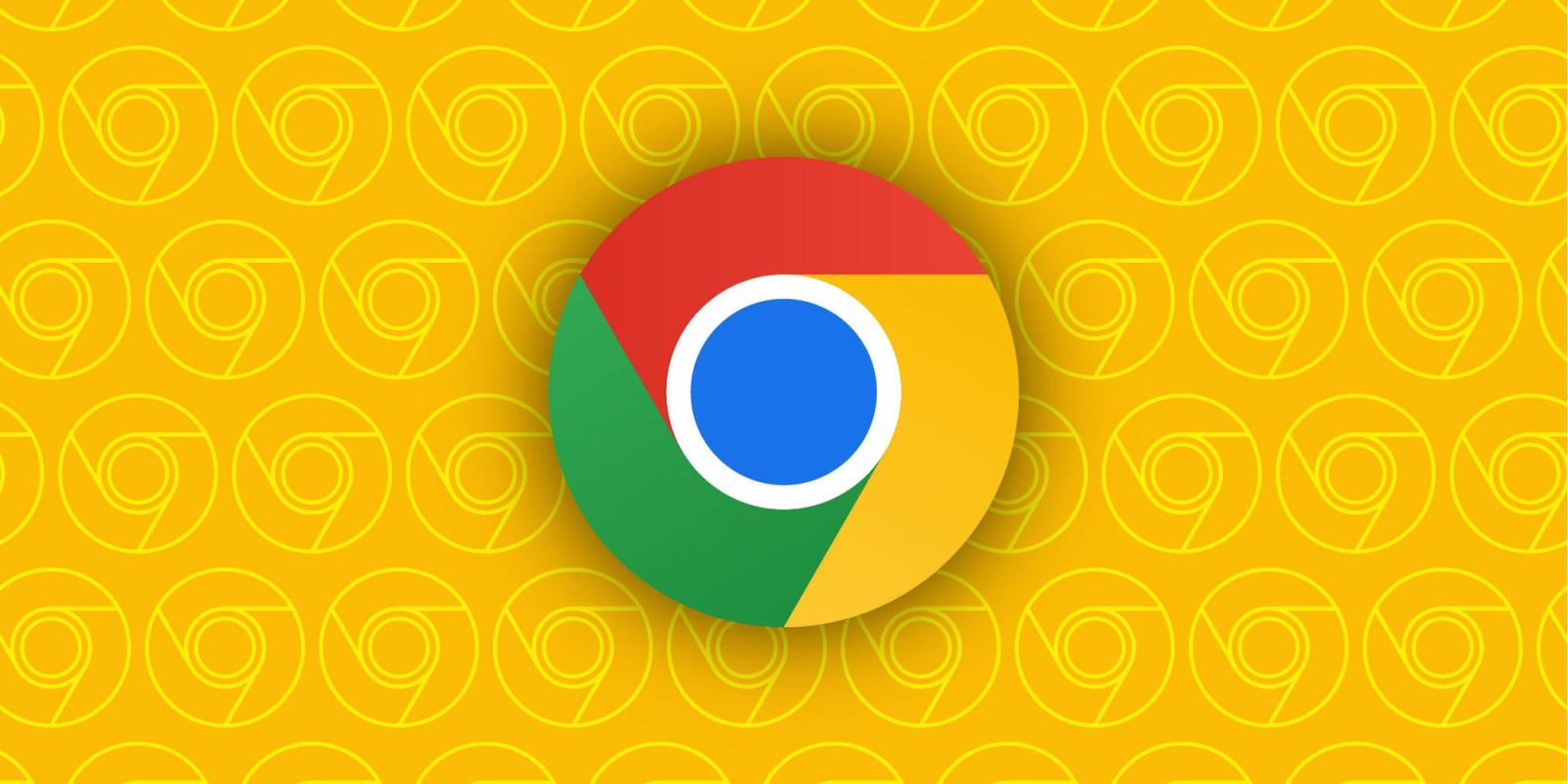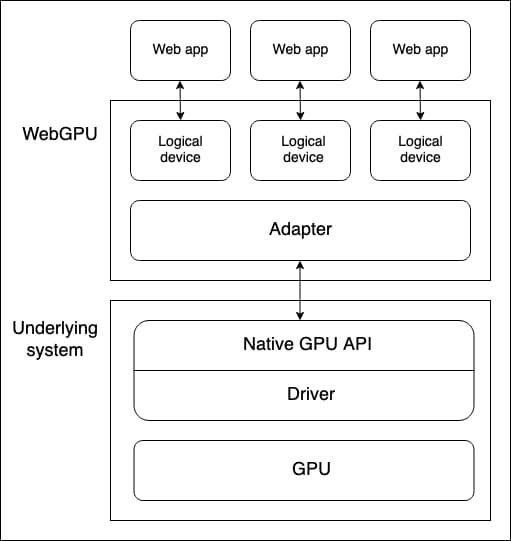
After years of development, a new web graphics API called WebGPU is soon coming to Chrome and other browsers on both desktop and mobile platforms.
Compared to what’s available today (WebGL), WebGPU will allow developers and apps to access “more advanced GPU features and provides first-class support for general computations on the GPU.” The latter allows for and results in a 3x improvement in machine learning model inferences.
For example, Google Meet uses machine learning to separate the user from the background. Running the machine learning in WebGPU would make it faster and more power-efficient, allowing (1) these capabilities to reach cheaper, more accessible user devices and (2) more complex and robust models.

On the rendering front, Google touts “significant benefits such as greatly reduced JavaScript workload for the same graphics.” Other examples include:
- Improving existing Javascript 3D libraries like Babylon.js and Three.js with new rendering techniques (compute-based particles, fancier post-processing, …) and offloading to the GPU expensive computations currently done on the CPU (culling, skinned model transformation, …).
- Porting newer game engines to the Web, and enable engines to expose more advanced rendering features. For example Unity’s WebGL export uses the lowest feature set of the engine, but WebGPU could use a higher feature set.
- Porting new classes of applications to the Web: many productivity applications offload computations to the GPU and need WebGPU’s support for general computations.
One goal is to “have applications work portably across different user systems and browsers.” It will first be available in Chrome 113 (currently in beta, stable this month) on Mac, Windows devices with Direct3D 12 support, and ChromeOS devices with Vulkan support. It will later be available on Android and Linux, while Safari and Firefox also plan to support it.
WebGPU has been in development since 2017 with contributions from Mozilla, Apple, Intel, and Microsoft.
This initial release of WebGPU serves as a building block for future updates and enhancements.
From PWAs to WebAssembly, Google has been a big proponent of a more powerful web and WebGPU continues that work.
FTC: We use income earning auto affiliate links. More.





Comments